
Volleyball Referee Hand Signals YouTube
Save 2 Volleyball referees use a variety of hand signals to communicate with players and coaches on the court. Knowing what these signals mean can help you comply with the rules and avoid costly penalties. This blog post will take a closer look at some of the most common referee signals in volleyball.

Volleyball referee signals westact
Brush with the palm of one hand the fingers of the other; held vertically; USAV: Brush fingers of opposite hand once over palm of vertical hand. Cover the wrist with a yellow card (warning) and with a red card (penalty). Lines: Point down with flag. Lines: Raise flag vertically. Lines: Raise flag and touch the top with the palm of the free hand.

Kids sports volleyball terms and definitions
Hand signals are crucial for communication and coordination on the volleyball court. Offensive hand signals strategically communicate plays and coordinate attacks, maximizing scoring opportunities. Defensive hand signals help anticipate and respond to opponent's attacks, ensuring proper positioning and readiness to defend. Setting hand signals.

20142015 NFHS Volleyball Signals for Referee (R1) produced by ZONI YouTube
Volleyball hand signals can be broadly categorized into three main types: serve receive signals, offensive signals, and defensive signals. Each type of signal serves a specific purpose and helps players coordinate their actions accordingly. Let's delve into each category to gain a deeper understanding. Serve Receive Signals

Official Hand Signal Rules in volleyball. Good to know Volleyball training
Hand signals play a vital role in improving communication between setters and hitters, allowing them to execute plays efficiently and effectively. By using hand signals, setters can communicate the type of set they intend to make, enabling hitters to adjust their approach and timing accordingly.

Volleyball Official Hand Signals Volley Choices
Each different type of set has a different hand signal which is used to quickly and inconspicuously let players know what's going on. In this article we'll run through each of the most common hand signals used by setters as well as an example of what that play looks like.
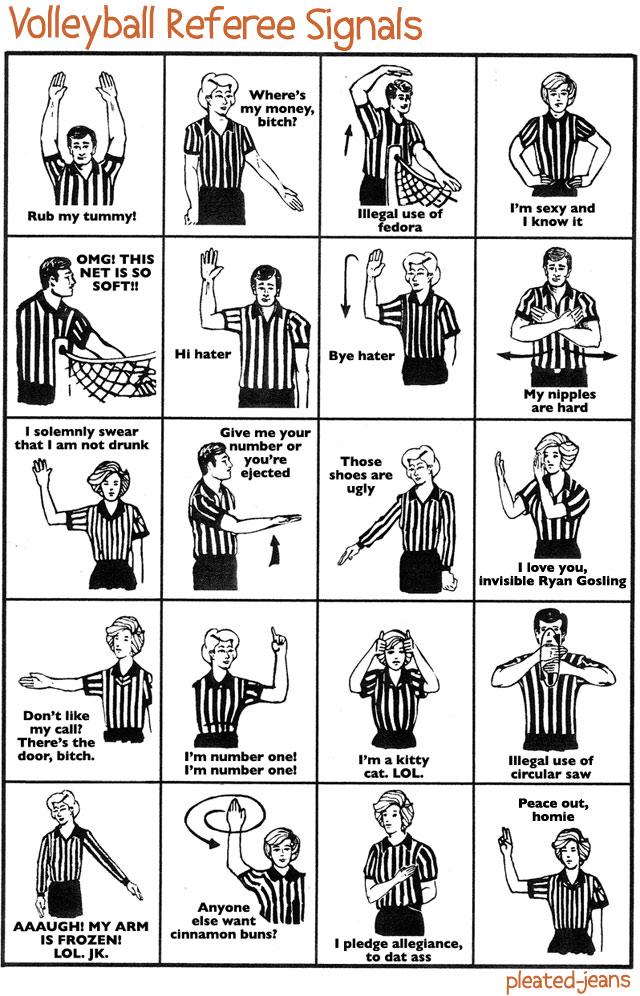
Volleyball Referee Signals
The official signal for indicating the team to serve in volleyball combines 2 separate hand gestures: Pointing: The first referee extends their arm and shows directly at the player about to serve. This helps identify which team has possession and is responsible for initiating the rally.

Hand Signals That Volleyball Setters Use
Communicating this way allows the hitters to be aware of their role on the next point. These hand signals can take many forms and their meaning can also vary greatly depending on your area. Digging around for this article, I found many regional differences between hand signals, so fair warning, you might not be using the same ones with your team.

Official HAND Signals Know the basic rules of volleyball OFFICIAL HAND SIGNALS Information
1. The setter can hide her hand signal behind a players back so the opposing teams blockers can't see what she is calling 2. In noisy gyms its impossible for the setter to talk to her hitters that may be in the back row or on the opposite side of the court. If she uses hand signals then they can run their offensive play without saying a word.
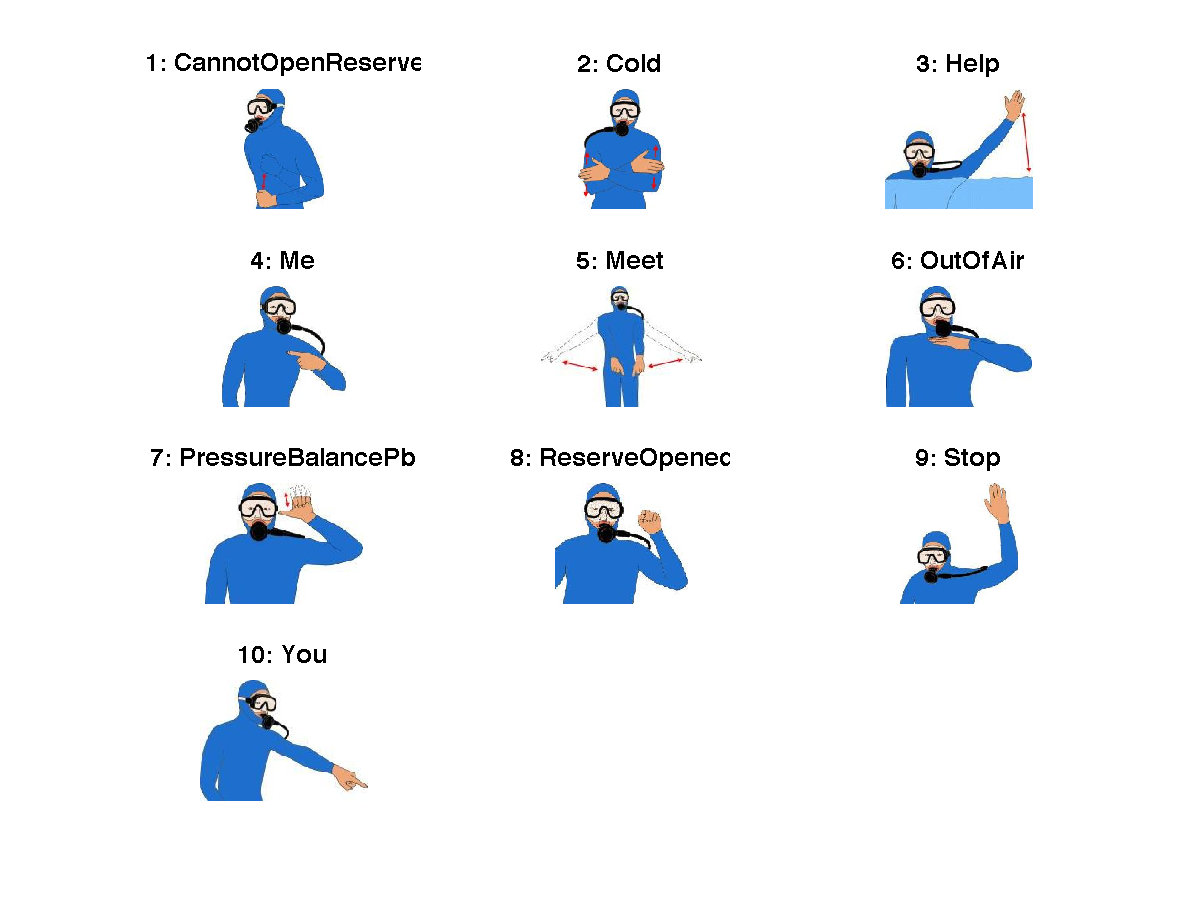
volleyball hand signals philippin news collections
Use Those Hand Signals to Communicate When You Need a High-Quality Net System! A great volleyball game starts with a premium net system. Games won’t be nearly as exciting with droopy nets and volleyball accessories, but Cobra Net Systems can make that dream a reality. Our nets are the best and safest around, with no dangerous guywires.
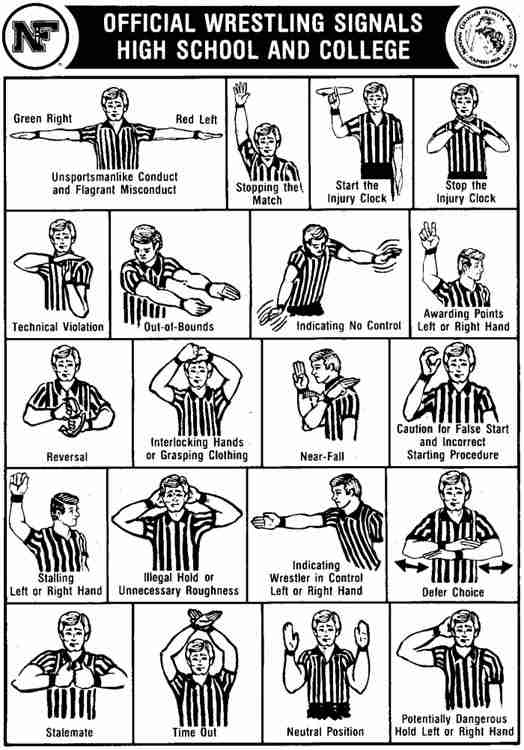
Volleyball referee signals mainphilly
1. Illegal Alignment/ Improper Server 2. Line Violation 3. Illegal Hit 4. Delay of Service 5. Over-the-Net 6. Net Foul or Net Serve 7. Legal Back Row Attack 8. Illegal Attack of Serve/ Back Row Attack 9. Illegal Blocking or Screening 10. Ball Touched 11. Four Hits 12. Double Hit 13. Ball Lands In 14. Out of Bounds/ Antenna Violation
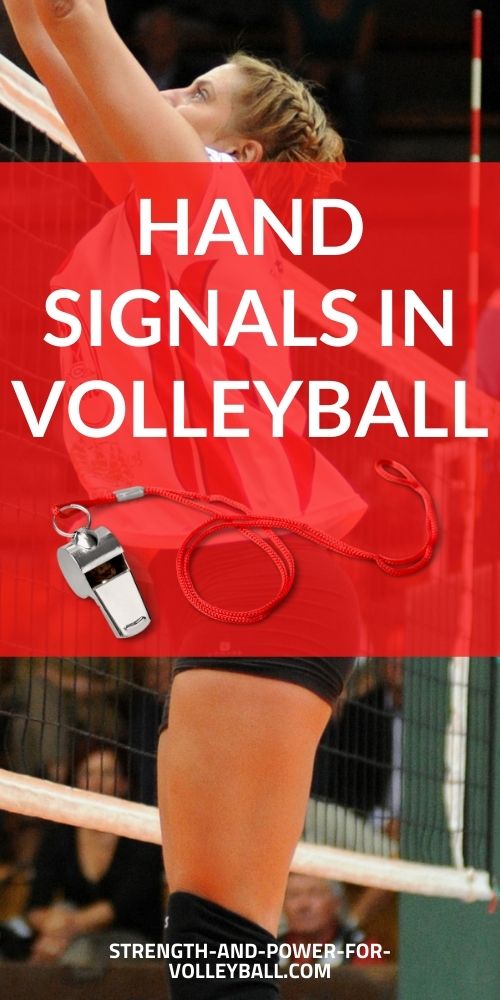
Volleyball Hand Signals
Using Hand Signals For Defense. Setting is an essential skill in volleyball - just like a conductor leading their orchestra, the setter must direct their team to victory. With hand signals, they can guide their teammates through various plays and strategies for success. Adjusting your signals based on opponent strategies is key to winning.

Volleyball Officials Hand Signals TmDbt4 Clipart Kid
There are three main signals that are used: "Ready", "Set" and "Hit". The "Ready" signal is a fist held up to your chest and means that you are ready to receive the ball. The "Set" signal is a flat hand held out to the side, indicating that you are ready to set the ball.

OFFICIAL HAND SIGNALS OF VOLLEYBALL YouTube
The hand signals serve a variety of purposes: they can indicate who should serve, which play to run, or when to make a substitution. Here's what you need to know about them: When the setter points their index finger in one direction, this is an indication that the server should move in that direction.
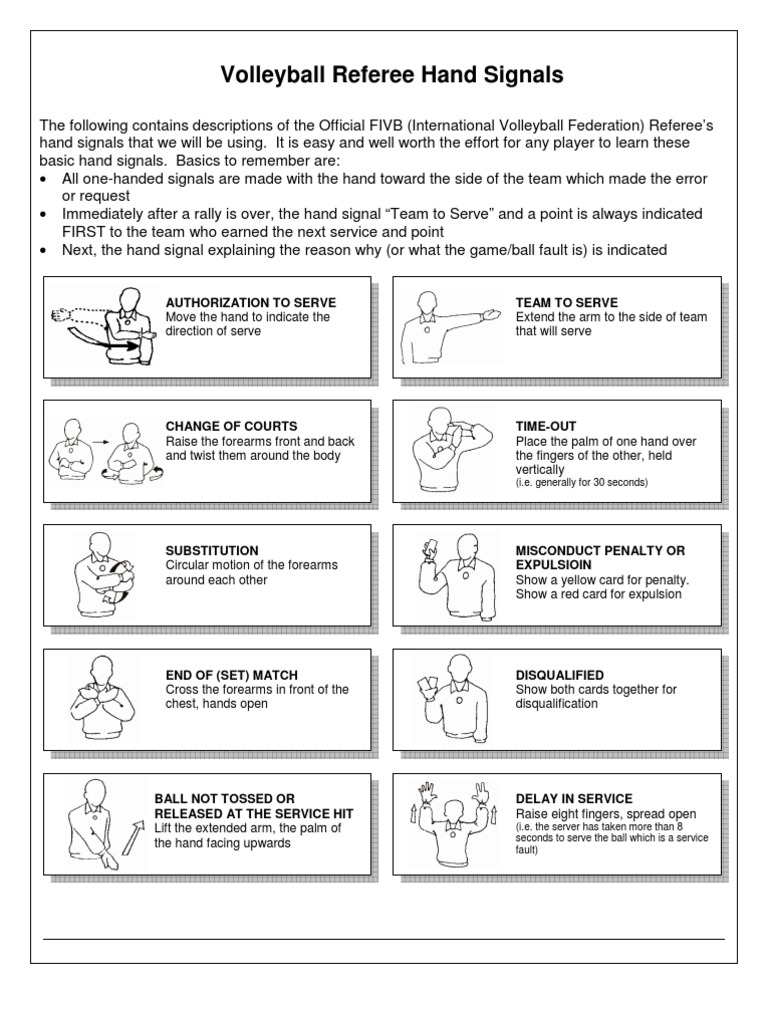
Volleyball Referee Hand Signals
This comprehensive guide will delve into various aspects related to volleyball setter hand signals. You'll learn about different types of sets and attacks, such as back row quick attack (BIC), shoot or "41" set, and back A set. We will also discuss combination plays in advanced volleyball strategy involving coordinated offensive moves.

FIVBVolleyball Hand Signals 2017 2010PosterENv04 F 9 20 REACHING BEYOND THE NET END OF SET
In the world of volleyball, hand signals are crucial for effective communication between teammates, and understanding what "2 fingers" means in volleyball can greatly enhance your gameplay. This comprehensive blog post will delve into various aspects of volleyball that involve finger positioning and hand signals to help you become a better.